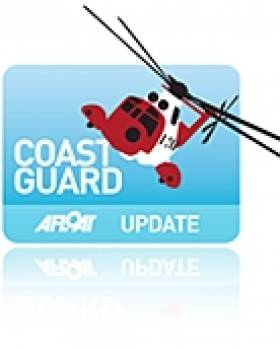Displaying items by tag: Dublin Coast Guard
Fruitless Search After Distress Call from Stolen Radio
Coastguards at Holyhead engaged in a frantic but fruitless search on Saturday after a distress call that was tracked to a stolen radio.
Motorboat & Yachting reports that the north Wales rescue team picked up the automated distress call at 7.30pm.
But with the location of the vessel unknown, and with no way of verifying the veracity of the call, rescuers - including four lifeboats, three coastguard teams and a rescue helicopter - were forced to sweep an area of more than 700 square miles in an effort to track the signal.
Eventually the MMSI code for the radio unit was identified as a derelict fishing boat in Ireland. The Dublin Coast Guard confirmed that the radio had been stolen from the vessel.
Holyhead watch manager Andy Carroll urged anyone buying a second-hand DSC radio to ensure they know how to use it properly, and to confirm their MMSI details are updated.
Search Resumes for Missing Fishermen Off Skerries
The lifeboat and Coastguard search for two fishermen missing off the north Co Dublin coast has resumed this morning.
The Irish Times reports that the two men, believed to be in their 20s and 40s, were on a small open fishing boat that departed Skerries harbour around 11am yesterday (Friday 1 April). The alarm was raised at 6.30pm when they failed to return to port.
A Dublin Coast Guard spokesperson confirmed that items and debris believed to be from the missing boat were discovered during the initial search yesterday evening.
The search, involving three coastguard units, three lifeboats and a number of local vessels, was scheduled to resume at 7am this morning.
RTÉ News has more on the story - including video - HERE.

























































